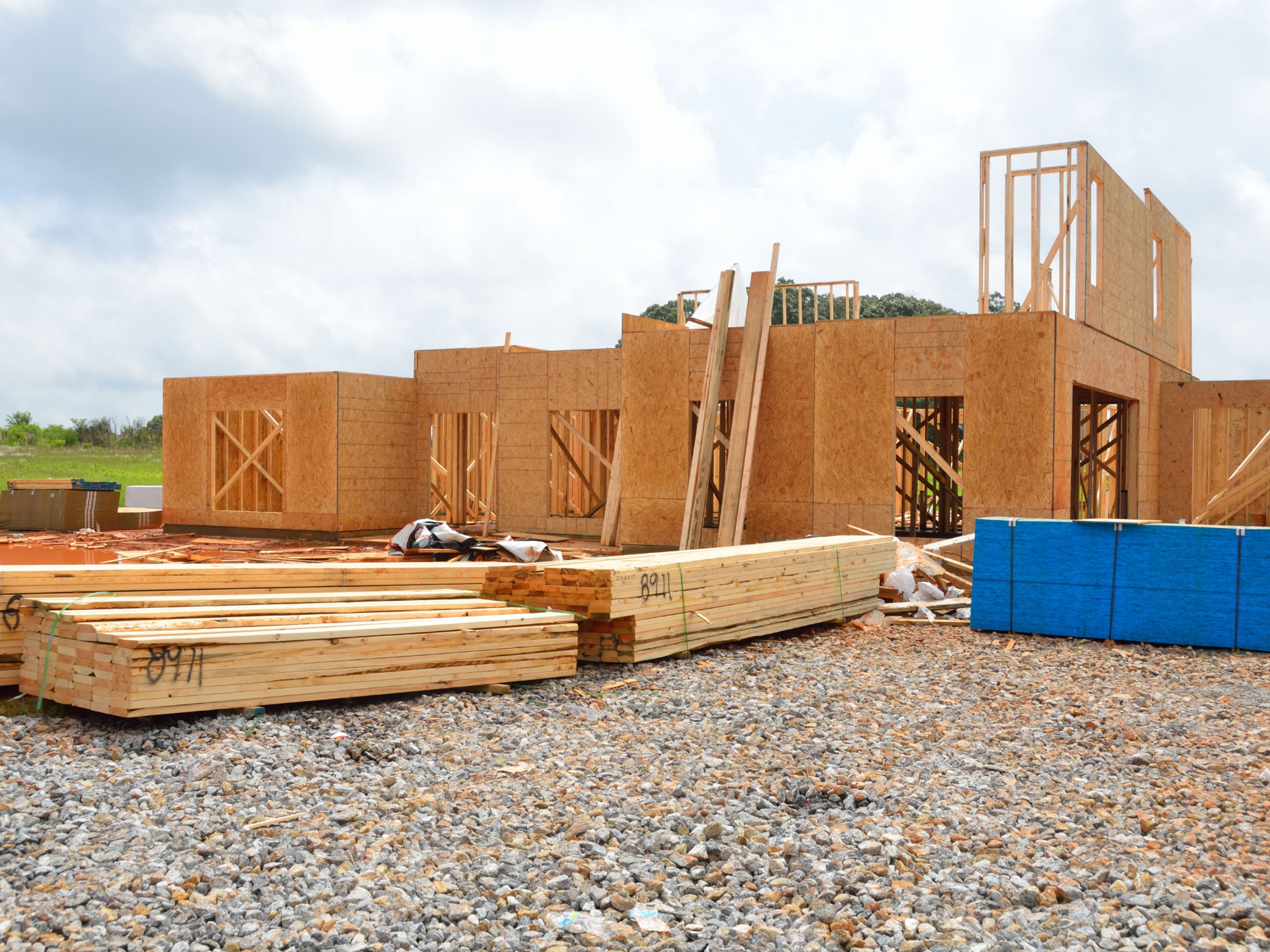House Inspect Australia’s Litsa Adamou, South Australia’s first female building inspector, prides herself for her passion for building. As a licensed builder herself, she believes it’s critical to undertake a full suite of inspections, creating a clear building inspection process—from frame inspections to pre-turnover building and pest inspections—to ensure a quality build.
This article delves into the importance of professional building inspections, as well as the process that guides them.
Why Do I Need Building Inspections?
Investing in property, particularly new builds, is among the most expensive investment ventures you are likely to undertake. Professional and consistent building inspections throughout the build or purchase process will ensure the investor is putting their money towards a property that will not depreciate in value. Losing value simply because something during the building process has been missed is easily avoided.
An accredited building inspector will have years of experience in the field and are aware of what kind of faults and issues to look out for. They are also well-versed in the building regulations for your state, meaning they will also ensure your property follows these standards. In addition, a qualified building inspector will be covered by insurance.
The Building Inspection Process
Ms Adamou made it clear that building inspections should echo the meticulousness that building homes from the ground up requires.
“Overall, we assess in accordance with the Building Code of Australia, the Australian standards and all the various tolerances that builders can abide by,” Ms Adamou explained.
“Anything that can get inspected, we’ll inspect in the building.”
The Frame Stage of Building Inspection
Breaking it down to stages, Ms Adamou recommended starting from the ‘Frame Stage’. The frame stage is an essential structural stage, and is a common cause of problems.
“You really need to look at starting from your frame stage, like the structural integrity of your frames, moving right through your build journey to your finishes at your pre-handover and completion stage.”
Once frames are covered in lining, you’ll never see them again. Consequently, it is costlier and more difficult to address any issues that may be uncovered a few years later, such as cracks on your wall. By that point, you as the property owner would have to arrange another project to reframe the house. More time, effort and money.
“If you can be a bit preventative in a sense, we can come in and check all of that for you and you can save quite a bit of money later,” according to Ms Adamou.
The Building Inspection Process…Continued
Following the Frame Stage, the investor can choose to follow it up with up to six more inspections. This will depend on their needs and budget.
“How many inspections in between? There’s two ways that it can be done. You can follow your progress payment schedule. That typically is five to six inspections in the life journey of your build. Or we can have more of a customized approach. Starting from your frames, doing the frame check, doing another inspection through the middle of your build to check works up to that point. And then, at your pre-handover stage.”
Completion of the Building Inspection Process
Your inspectors will document everything found throughout the inspection process in extensive reports. These are made by qualified professionals in partnership with the tradespeople involved in the project.
These reports will serve as ‘assets to your asset’, as they stand as proof of quality. This ultimately raises the value of the investment property if put up on the market for reselling.
“It’s all documented with photos and all—quite a lengthy report. And we work with your builder. We’re not here to work against your builder. We form a collaboration. It’s about making this a really amazing journey for you because it is a big accomplishment to build a home or an investment,” Ms Adamou concluded.




